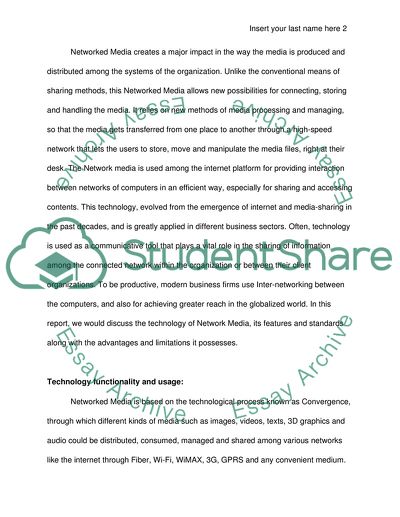Cite this document
(“The Usage of Network Media Technology: the Needs of the Interacting Research Paper”, n.d.)
The Usage of Network Media Technology: the Needs of the Interacting Research Paper. Retrieved from https://studentshare.org/technology/1791961-computer-architecture
The Usage of Network Media Technology: the Needs of the Interacting Research Paper. Retrieved from https://studentshare.org/technology/1791961-computer-architecture
(The Usage of Network Media Technology: The Needs of the Interacting Research Paper)
The Usage of Network Media Technology: The Needs of the Interacting Research Paper. https://studentshare.org/technology/1791961-computer-architecture.
The Usage of Network Media Technology: The Needs of the Interacting Research Paper. https://studentshare.org/technology/1791961-computer-architecture.
“The Usage of Network Media Technology: The Needs of the Interacting Research Paper”, n.d. https://studentshare.org/technology/1791961-computer-architecture.


